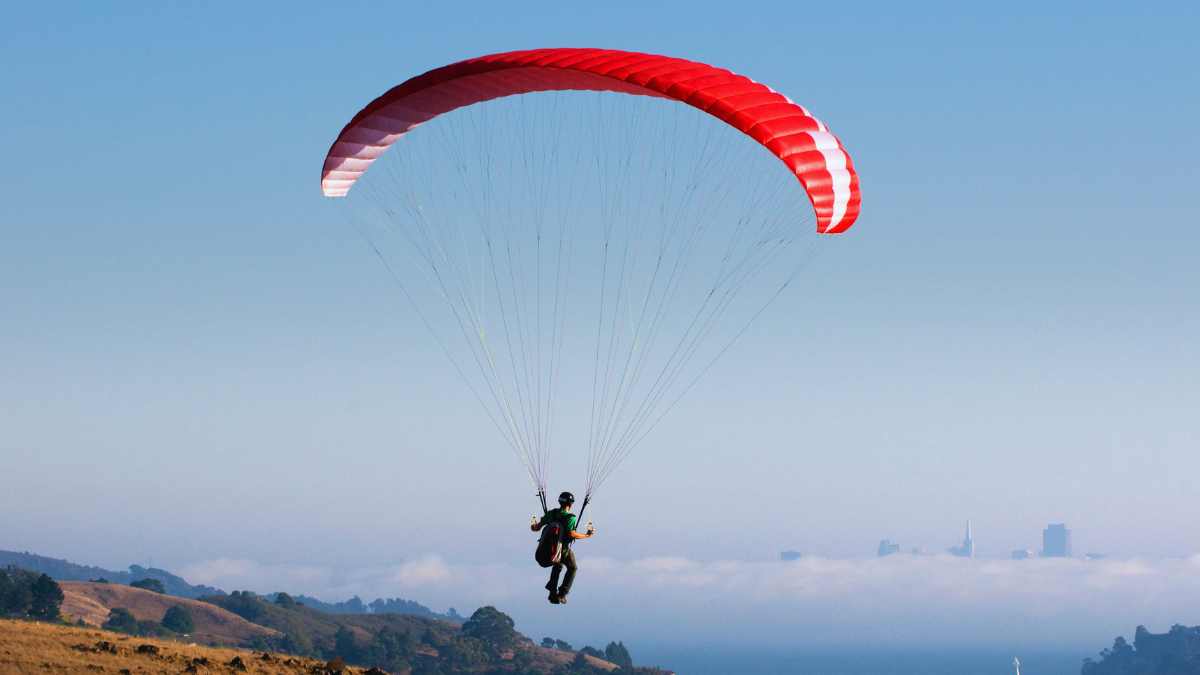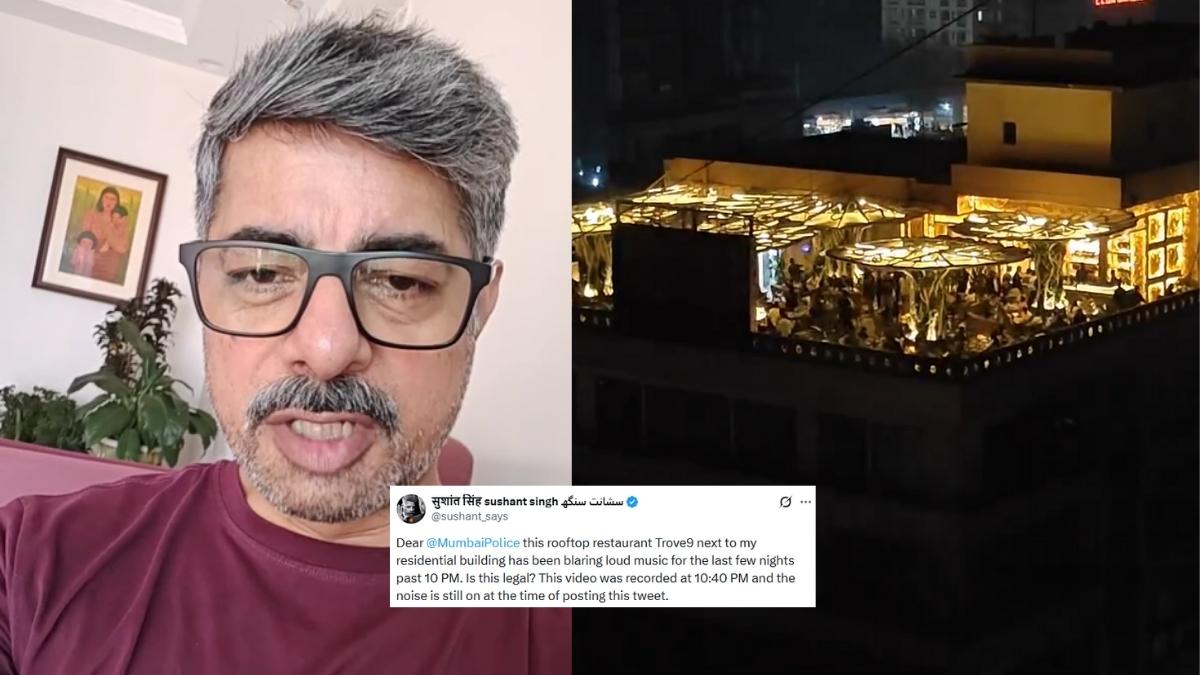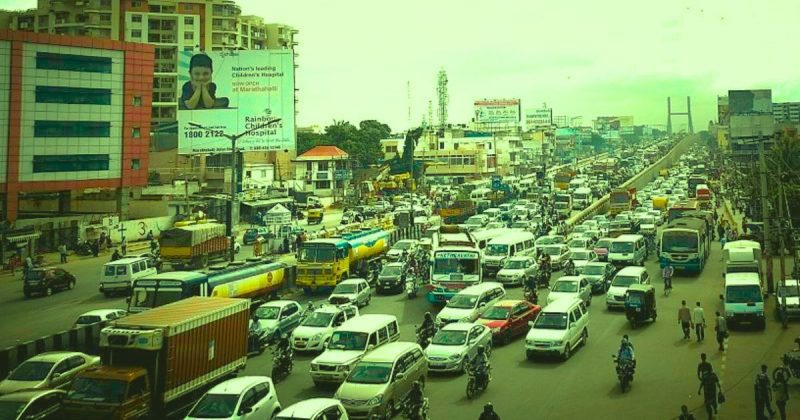Bengaluru has earned the dubious title of India’s most congested city, according to the latest Traffic Quality Index (TQI), reported Deccan Herald. Bengaluru scored a staggering 810, placing it at the top of the congestion list. The city’s infamous traffic woes have once again drawn attention for all the wrong reasons.
India’s Most Congested City

Mumbai follows closely behind. It ranks as the second most congested city, with a score of 787. Delhi and Hyderabad are not far behind, with scores of 747 and 718, respectively. This assessment reveals the growing challenge of traffic management in major Indian cities.
The findings were shared at the recent Mobility Symposium, hosted by Move In Sync. This event showcased various solutions for employee commutes. The TQI provides a detailed overview of traffic conditions. Scores range from low to extreme congestion, with scores between 800 and 1,000 classified as “extreme.”
Bengaluru’s traffic has long been a subject of frustration for its residents. The city has earned a reputation for its gridlocked streets and lengthy commutes. Despite ongoing infrastructure projects, congestion remains a critical issue.
Also Read: 8 Busiest Railway Stations In India Based On Train Frequency & Passenger Congestion
Relief From Traffic Jams

In a positive turn of events, Bengaluru has seen some relief from traffic jams. The new double-decker flyover at Silk Board Junction has significantly eased congestion. Opened in July, the flyover has reportedly reduced traffic snarls by at least 50 per cent, according to Kuldeep Kumar Jain, the Deputy Commissioner of Police (Traffic-East).
Before the flyover, the Silk Board area experienced an average of 24 daily congestion alerts. This number has now dropped to 15 within a month. Furthermore, the average length of traffic queues at the junction has shrunk from 19 km to 10 km. Commuters can finally breathe a sigh of relief.
To address the ongoing traffic violations across the city, Bengaluru police are enhancing their AI-driven surveillance systems. The upgraded technology will now monitor 13 different types of offences. This proactive approach aims to improve road safety and reduce congestion further.
Current AI-based cameras track violations such as speeding, using mobile phones while driving, and not wearing helmets or seat belts. They also monitor running red lights, stop line breaches, and triple-riding on two-wheelers. With the recent upgrade, these cameras will now detect six additional offences. These include illegal number plates, wrong-side driving, overloaded goods vehicles, damaged or broken mirrors, and illegal parking.
Cover Image Courtesy: Wikimedia Commons
For more such snackable content, interesting discoveries and the latest updates on food, travel and experiences in your city, download the Curly Tales App. Download HERE. First Published: October 04, 2024 2:57 PM




